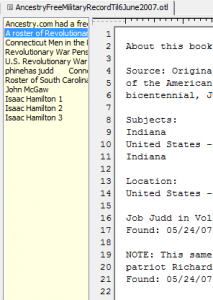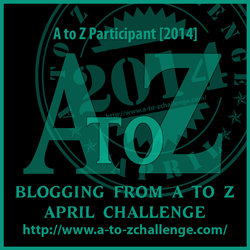DNA is all the rage in our modern era with “rapid” DNA testing. Family Tree DNA is the one most focused on genealogy and surname studies. Such testing is non-invasive, it is just a swab of the cheek. One sample can be tested multiple times as new tests become available. It does not make sense to test a father and son as there is very little difference in their Y chromosome unless there is a mutation.
There are two ways that DNA testing is used. The first is DNA Surname studies. These test the Y chromosome of men with that surname. This can be a good way to verify that you are related to the famous person with a certain last name as per family stories. However, it requires that you have a living male relative with the surname to be tested.
One needs to be prepared for both surprises and disappointments. Surprises come from so-called non-paternal events. This can be as simple as an unknown adoption in the past, or grandma had some fun before she married grandpa or while she was married to grandpa.
The disappointment angle comes in if you are using DNA for a fairly common surname, you could wait years for a match. In my case, we finally found a match on the other side of our brick wall, but we can’t find the paper trail to figure out how we are related.
The other type of testing is Mitochondrial DNA which is passed down by the mother. A man only passes his DNA to his sons, so if you have a generation you want to research without any sons, you will have to hope to find a connection with a living male relative to be tested. for women, unless someone has paid to have such a test, it will limit it.
The male and female lines revealed by DNA testing is only the direct male and female line of the individual tested. This will look like the widening arms of the letter “V”. The white space in the “V” represents all the other grandparents, and great grandparents whose DNA does not exists as an X or Y chromosome in the individual who is tested.
So there is a place for DNA testing, but it is very focused on the information it will reveal.






